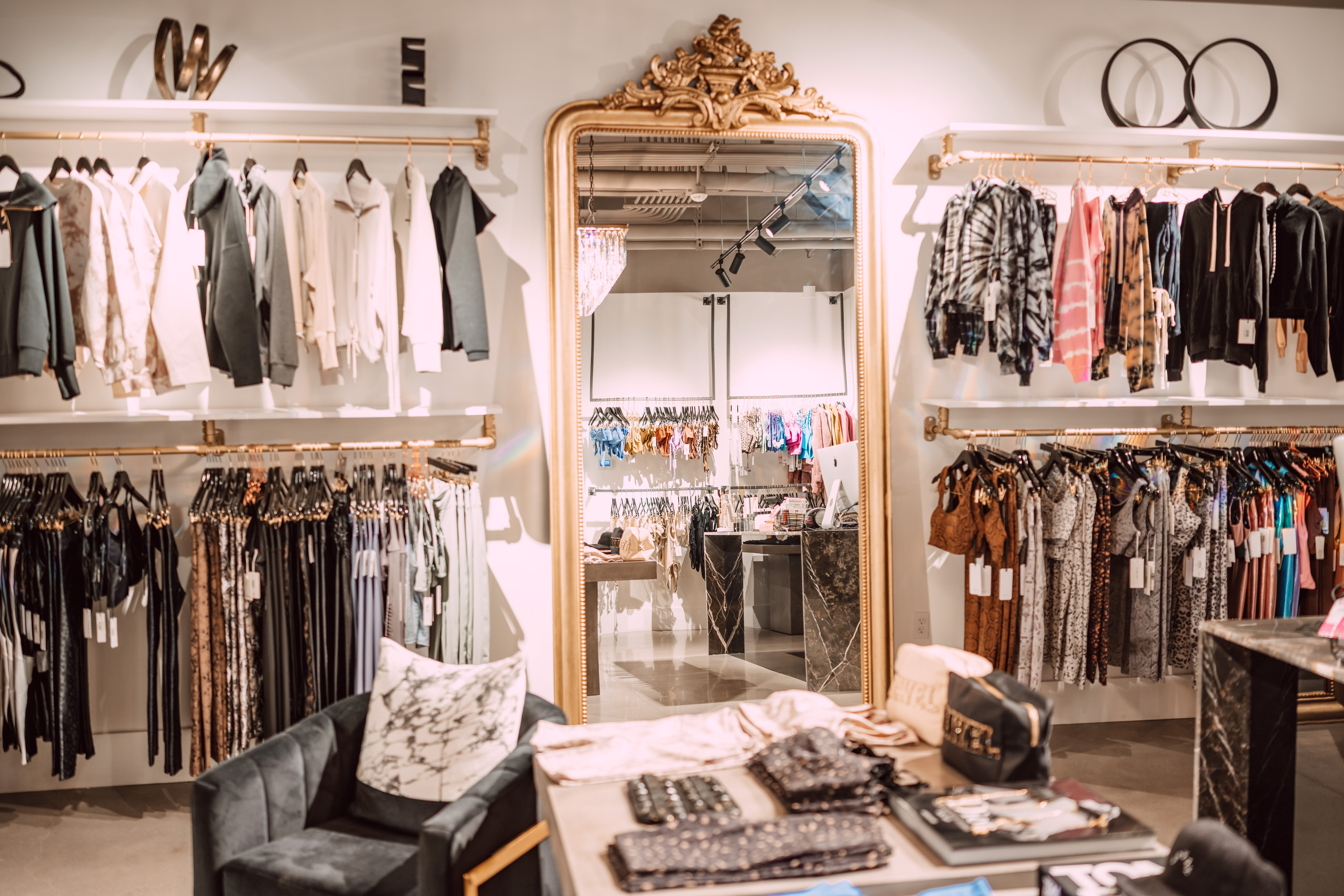A Deep Study the World of High-Fashion Runways: Recognizing Garments as Art
Designers, much like skillful musicians, weave complex stories with fabric, type, and shade, redefining and challenging conventional standards charm standards. As we check out these sartorial spectacles, we must consider: what function does style play in shaping social values, and how does it reflect the ever-changing tapestry of human feeling and identity?
The Evolution of Runway Reveals
The trajectory of runway shows has changed dramatically over the decades, progressing from unique industry occasions to exciting spectacles that blend fashion with art. Commonly, path shows made love affairs, held in ateliers or tiny places, primarily gone to by purchasers and sector experts. These early presentations concentrated on the garments' workmanship and commercial stability, providing a straight and useful display of seasonal collections.
As the fashion sector expanded, the nature of path programs started to change. The 1970s and 1980s noted a transforming point, with designers looking for to distinguish themselves via even more staged discussions.
Over the last few years, innovation and social networks have actually better transformed runway shows, making them easily accessible to an international target market. Livestreaming and electronic platforms have actually equalized fashion, enabling fanatics worldwide to witness these occasions in real-time (boutique fashion). This advancement mirrors a more comprehensive social shift, where high-fashion paths act as a vibrant junction of efficiency, advancement, and design
Designers as Dreamer Artists
Designers in the high-fashion market have actually blurred the lines between useful garment production and the conceptual realm of art. By embracing imaginative self-controls such as sculpture, paint, and avant-garde installations, developers craft garments that test conventional fashion norms and elevate them to art forms.
Visionary developers draw ideas from a myriad of sources, consisting of abstract art, historical references, and personal stories. They have an one-of-a-kind capability to envision and materialize ideas that press the limits of standard fashion, often redefining visual paradigms while doing so. This imaginative ingenuity is showcased via dramatic silhouettes, ingenious products, and detailed craftsmanship, which invite audiences to experience style as greater than just wearable things.
Moreover, the runway acts as a canvas for these musicians, where lighting, music, and set layout coalesce to create immersive experiences. These presentations are not simply screens of clothing but are managed performances that stimulate feeling and prompt idea, affirming the designer's function as a real musician in the contemporary cultural landscape.
Cultural Influences in vogue
Cultural tapestry weaves its elaborate patterns into the material of fashion, influencing developers globally. The vibrant interchange of social stories, customs, and signs educates and inspires collections that poise high-fashion runways.
The impact of society on style is commonly seen in the reinterpretation of standard garments and patterns. As an example, using Japanese robes, Indian saris, or African prints in contemporary style reflects a mix of cultural authenticity and contemporary appearances. Developers such as Valentino's Pierpaolo Piccioli and Alexander McQueen's Sarah Burton have actually been understood to incorporate abundant social themes right into you could try this out their couture collections, converting history right into wearable art.

Development in Material and Style
Advancement in material and design continually improves the landscape of high-fashion, pressing boundaries and redefining opportunities. Designers are increasingly exploring the assimilation of innovation, such as 3D printing, which allows for the creation of complicated frameworks that were formerly inconceivable.
The fashion sector is experiencing a surge in the use of eco-friendly materials, acquired from recycled plastics, natural fibers, and even naturally degradable parts. Designers are embracing these materials to craft garments that are both visually striking and conscious of their ecological impact.
In regards to layout, experimental forms and avant-garde shapes are continuously reinventing the path. By incorporating cutting-edge methods and unconventional materials, designers cultivate garments that blur the line between fashion and art, setting brand-new criteria for creative thinking and expression in the high-fashion sphere.
Impact of Fashion on Society
Fashion wields a profound influence on society, serving as both a representation of cultural identity and a stimulant for social adjustment. Via its advancement, style has mirrored societal changes, enveloping the zeitgeist of numerous periods. The flapper dresses of the 1920s embodied a newly found feeling of women's liberation, while the vibrant prints of the 1960s echoed the advanced spirit of the time. High-fashion paths, particularly, function as platforms for tough standards and redefining elegance requirements. Designers use these venues to address pressing social concerns, from sustainability to variety, thereby shaping public discourse.
Moreover, style has the power to bridge social spaces, fostering understanding and admiration among diverse teams. As globalisation accelerates, the cross-cultural exchange of style concepts ends up being significantly significant, advertising inclusivity and diversity. The rise of streetwear, stemming from urban subcultures, illustrates exactly how his explanation style can go beyond socio-economic borders, providing individuals a method of self-expression and empowerment.
Basically, style is not merely regarding looks; it is a dynamic pressure that influences values, attitudes, and social development (boutique fashion). By continually communicating with social and social currents, style remains an indispensable part of the cumulative human experience

Verdict
Designers, comparable to visionary musicians, coordinate collections that show identification, emotion, and cultural stories, testing conventional aesthetic appeals. This crossway of fashion and virtuosity not only astounds target markets around the world but additionally influences social assumptions and promotes a much deeper recognition for social variety.

Cultural tapestry weaves its complex patterns right into the fabric of fashion, affecting designers around the world.Fashion wields a profound impact on culture, serving as both a reflection of social identification and a stimulant for social modification.